Growing Awareness of Sports Injuries
Growing awareness of sports injuries is significantly impacting the Hip Tendinopathy Market. As more individuals engage in sports and fitness activities, the recognition of hip tendinopathy as a common injury has increased. Educational initiatives and campaigns aimed at athletes and coaches are fostering a better understanding of injury prevention and management. This heightened awareness is driving demand for specialized treatments and rehabilitation services tailored to sports-related injuries. Market analysis suggests that the increasing focus on sports health and injury prevention will contribute to the growth of the Hip Tendinopathy Market, as stakeholders seek effective solutions to address this prevalent condition.
Advancements in Diagnostic Techniques
Advancements in diagnostic techniques are significantly influencing the Hip Tendinopathy Market. Enhanced imaging technologies, such as MRI and ultrasound, allow for more accurate diagnosis and assessment of hip tendinopathy. These innovations facilitate early detection and tailored treatment plans, which are crucial for effective management of the condition. The market is witnessing an increase in the adoption of these advanced diagnostic tools, which not only improve patient outcomes but also drive the demand for associated therapeutic interventions. As healthcare professionals become more adept at diagnosing hip tendinopathy, the Hip Tendinopathy Market is poised for growth, reflecting the importance of precise diagnostics in treatment efficacy.
Growing Incidence of Hip Tendinopathy
The rising incidence of hip tendinopathy is a pivotal driver for the Hip Tendinopathy Market. Factors such as an aging population and increased participation in sports and physical activities contribute to this trend. According to recent data, the prevalence of hip tendinopathy is estimated to affect approximately 10% of the population, particularly among athletes and older adults. This growing incidence necessitates effective treatment options, thereby propelling the demand for innovative therapies and rehabilitation solutions within the market. As healthcare providers seek to address this condition, the Hip Tendinopathy Market is likely to experience substantial growth, driven by the need for specialized care and advanced treatment modalities.
Increased Investment in Research and Development
Increased investment in research and development is a crucial driver for the Hip Tendinopathy Market. Pharmaceutical companies and medical device manufacturers are allocating substantial resources to develop innovative therapies and treatment modalities. This focus on R&D is expected to yield new products that enhance treatment efficacy and patient outcomes. Recent reports indicate that the market for hip tendinopathy treatments is projected to grow at a compound annual growth rate of over 5% in the coming years, largely due to these investments. As new therapies emerge, the Hip Tendinopathy Market is likely to expand, reflecting the ongoing commitment to improving care for individuals affected by this condition.
Rising Demand for Non-Invasive Treatment Options
The rising demand for non-invasive treatment options is reshaping the Hip Tendinopathy Market. Patients increasingly prefer therapies that minimize recovery time and reduce the risk of complications associated with surgical interventions. Non-invasive modalities, such as physical therapy, corticosteroid injections, and shockwave therapy, are gaining traction as effective alternatives. Market data indicates that non-invasive treatments account for a significant share of the overall market, driven by patient preferences and clinical efficacy. This trend suggests a shift towards conservative management strategies, which may lead to sustained growth in the Hip Tendinopathy Market as healthcare providers adapt to evolving patient needs.


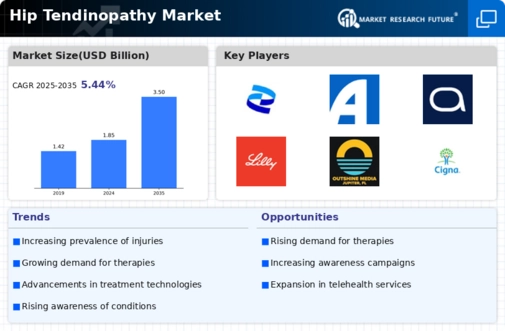
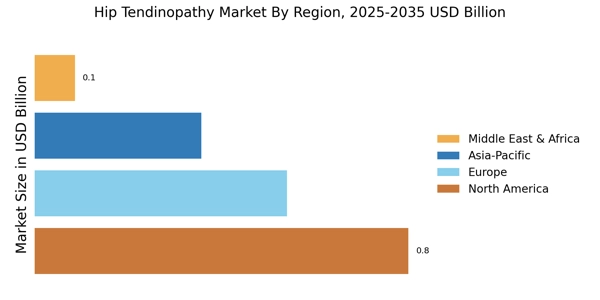


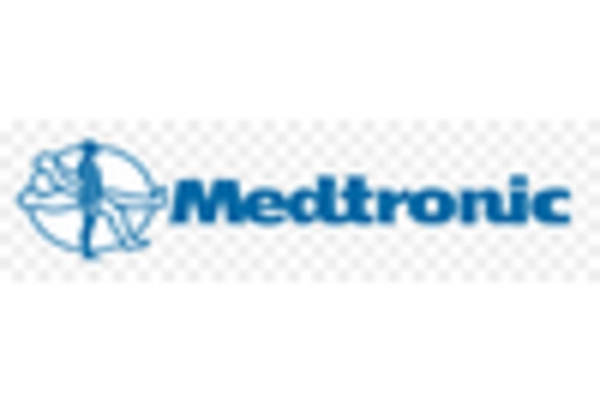

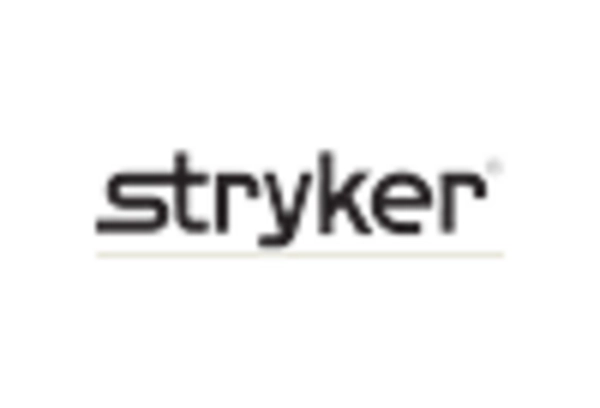
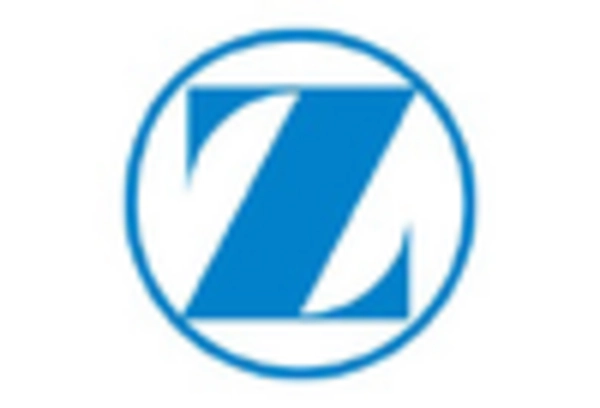








Leave a Comment